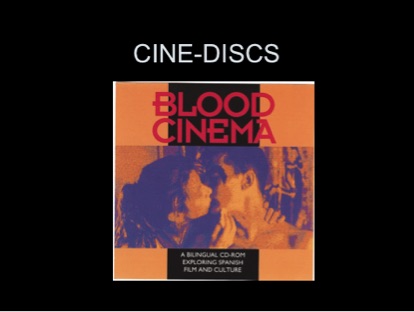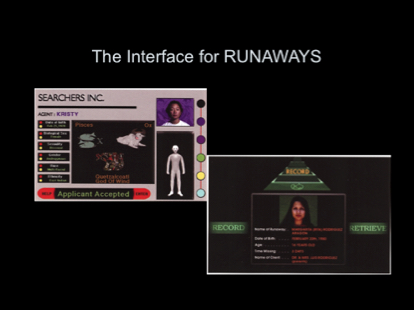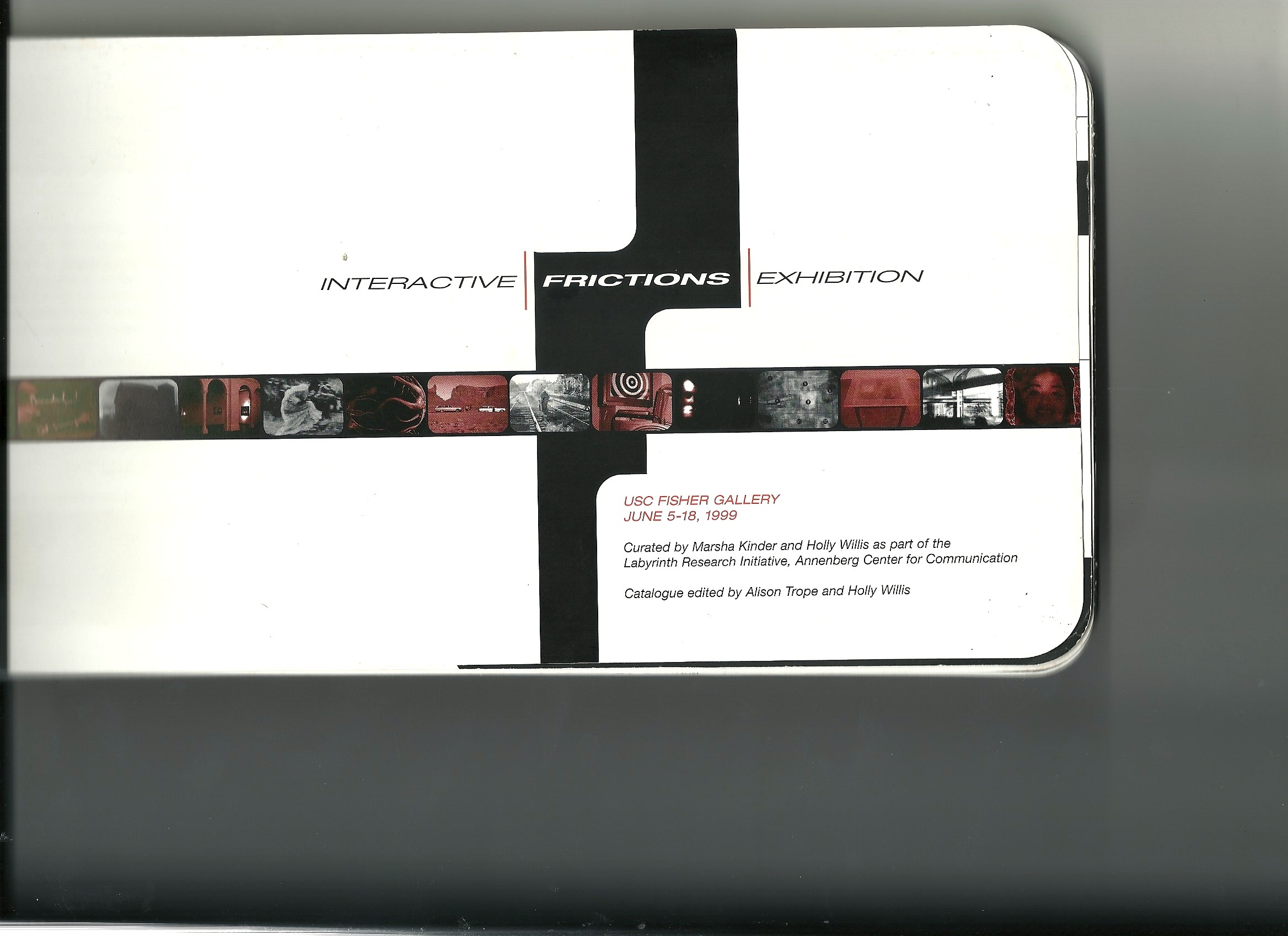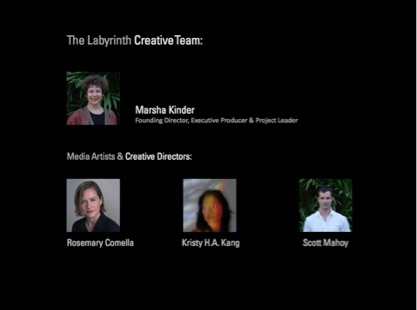All About Seriality: An Interview with Frank Kelleter (Part Four)
/HJ: Can the immense amount of backstory produced by serial texts become a drag on the future development of the story? Are audiences less likely to jump onto a story when they feel like they need to do a lot of homework to get up to speed? FK: I think aligning audience desires with backstory management is always a balancing act. More than that, it’s a balancing act that continually has to readjust itself to a current state of technological capabilities and role differentiations (i.e., how audiences understand themselves as audiences). This being said, serial texts have always defined their backstories selectively and strategically. Any serial narrative tends to change its pasts in the act of moving forward; backstory evolves just like the story itself evolves. This is what is meant by “recursive progression” in the book’s first chapter.
This particular feature of serial storytelling didn’t pose such a big problem as long as serial stories could count on audiences simply “forgetting” all those things and elements that didn’t make it into the current version of a backstory. After all, evolving narratives are defined by the fact that they produce more information than is required by the simple need for coherence and continuity, because such excess information then provides potential connecting options for future usage.
Conversely, everything that’s not repeated, reanimated, or re-presented will not be “remembered” in the current backstory. And that’s okay, because this surplus usually doesn’t challenge a narrative’s evolving sense of consistency: it’s simply not part of the past that’s present. But how do you deal with audiences that conceivably remember everything that has ever been told in a story, so that all connecting options ever presented on screen or paper become potential backstory?
This is a real dilemma for current series. Serial texts in the digital age have to deal with audiences that are often capable of accessing every bit and piece of serial narration. Such audiences are likely to put much higher demands on internal logic and coherence. But then, the more a series tries to meet these demands, the more complicated its narrative will become until it’s just not that attractive to newcomers anymore. As you say, people have to do “homework” to fully enjoy—or even to comprehend—what is being narrated.
HJ: If this is so, what might a better theory of seriality help us understand about the challenges and opportunities this extensive backstory represents?
FK: One way of dealing with the dilemma of extensive backstory is to invite audience members to understand themselves as contributors to a collective game of sense-making. Lost had a good run with this strategy for most of its duration, continually producing more information than a single human mind could possibly process (which is, of course, the very definition of “complexity”). As a result, audience engagement shifted to collaborative acts of playful story reconstruction that mirrored and reinforced the complexity of the series itself. In order not to overtax individual audience members, Lost offered them roles as part-time storytellers in a huge division of narrative labor. It worked quite well until this game had to come to an end.
Another strategy consists in not even trying to connect everything, because this will result in byzantine structures that still won’t cohere in the end. Such overtly complicated (not necessarily “complex”) backstory constructions can also become supremely boring, as the Star Wars prequels demonstrated when they traded storytelling for fastidious myth management.
To avoid this, a serial text can branch out into unexplored narrative spaces, opening up side-worlds or parallel universes that are connected only at one or two plausible points of transfer with established story lines. So that’s stressing the serialization of world-building over the serialization of narrative, and it seems to be a fairly sustainable strategy right now. Taking my cue from your own contribution to the book, I would dare to predict that in some media and some genres, serial storytelling will perhaps be increasingly eclipsed by serial word-building. We’re certainly seeing something like this happening in certain digital games, as Shane Denson and Andreas Sudmann suggest in their chapter.
HJ: How do we situate reboots of media properties in our understanding of the ways seriality operates in contemporary popular culture?
FK: Rebooting is another strategy of dealing with the dilemma of byzantine boredom versus quasi-omniscient audiences. Con Verevis says in his chapter that the reboot may be the film-remaking format of choice for the digital era, because it doesn’t try to cancel earlier versions but feeds on them, operating according to the logic of co-existence.
But there are different rebooting strategies. Kathleen Loock is currently writing this amazing history of film remaking practices, in which she argues that all these formats—the sequel, the prequel, the reboot, but also the classical “remake” in the sense of a re-filming—are best understood as historically flexible praxeologies rather than formal categories. This means that they always bleed into each other, so that even the most faithful “remake” will always also contain aspects of sequelization in a kind of second-order seriality.
The same with reboots: there are many practical options. Reboots can serially reanimate storyworlds that have lain dormant for a long time, almost in an act of archeological rediscovery. They can do so with storyworlds that were originally serialized or not. But reboots can also turn to recent complex multiverses and then return them to an initial state of enforced simplicity. And many other possibilities.
One of the most interesting cases lately was Fantastic Beasts and Where to Find Them, which looks like a cross between a prequel (situating itself in a timeline before a recently concluded series) and a tie-in or spin-off (filling in, or creating, blank spaces in the original narrative), but then it’s really more of a reboot, because tonally and ideologically, this film offers not just a variation but a decided alternative to existing Harry Potter stories (much more so than most previous spin-off series have done, I would argue). Unlike Rogue One, which implicitly re-makes the first Star Wars film in the form of a prequelized side-story, Fantastic Beasts really tries to re-think—and actually to qualify—the original series. That’s a risky move, but highly interesting. We will have to wait and see how it continues and how far this can be pushed (or not).
HJ: Do you have any thoughts about Rogue One as an intervention in the Star Wars universe, given the degree to which George Lucas’s original inspiration for the franchise emerged from classic movie serials of his youth? What kinds of interventions does this new film make into the serial structure of the series as a whole?
FK: I’ve heard the term “legacyquel” used for The Force Awakens—and I think it fits Rogue One as well. If this is indeed the film’s goal, the result is fairly successful. Formally, Rogue One achieves a largely convincing balance between remembering and renewing, fan service and pacing. If we consider how many Star Wars films have sunk under the weight of their accumulated narrative cargo, this one is pretty agile. But it’s also a bit redundant, after The Force Awakens already stressed the remaking aspects of sequelization.
So you wonder why Rogue One doesn’t make more use of the freedom provided by its sideway position in the series. But then, versioning and modernization—rather than revision—seem to be key ambitions of both films: both The Force Awakens and Rogue One basically revisit the same narrative template and then try to update it for a new media generation.
In a word, these are tightly franchised films, perhaps more so than seems necessary. So we get all these dialogues which reference irrelevant names and events, and such dialogues are always more obtrusive than visual Easter eggs, because unlike something you simply see or don’t, a dialogue always takes up time and it potentially confuses viewers who don’t know if this information is significant for the story at hand or if it merely seeks to place the film within the franchise. Even in Rogue One, there were some moments early on when I feared another retconning disaster, but then the film quickly got its act together.
Of course, the emotional climax comes in the end, when we find ourselves at the beginning of the franchise again—but not in terms of performative coherence because the 1977 film looks hopelessly obsolete now, not like something that could possibly “follow” Rogue One in terms of film style or technological standard. So, the emotional force of this prequel effect truly resides in second-order seriality (as Kathleen Loock and myself have called it). Which is to say that this scene touches audiences at the level of their media memories, their generational belonging, their biographical brand attachments.
I watched Rogue One the day after Carrie Fisher died, so the appearance of her digital avatar in the end was both poignant and creepy—almost obscene, in fact. But my fifteen-year old daughter didn’t think this moment was particularly important or powerful, although she knows the original Star Wars, but for her it’s nothing special, just some old film. For many viewers of my generation, that’s different.
In terms of modernization, then, the chief variation—or intervention—of this new version really occurs at the level of representational politics. Dan Hassler-Forest has written insightfully about this. I agree with him that Rogue One’s progressive casting policy allows the film to discard the metaphysical quest plot of earlier versions and the hokey Freudian family drama. But even without these elements, Rogue One is ruled by the same media nostalgia that animated George Lucas’s original, only that this time it’s not nostalgia for classical Western and adventure serials but for earlier Star Wars movies.
And I would argue that this strongly shapes the film’s political structure as well, above and beyond its diversity activism—which is a little compromised anyway by the sacrificial death of its entire non-white cast, as if we’ve watched a one-off redshirts saga. Either way, exchanging white Jedi knights for multicultural rebels simply doesn’t change the fact that this film is still telling the same story of populist uprising that in many Anglophone countries passes for antifascism.
Don’t get me wrong, I don’t want to downplay the importance and timeliness of Rogue One’s representational achievements—it’s the best thing about the film—but Rogue One is performing this innovative move in a slightly gimmicky fashion, while simultaneously reproducing the same generic (almost genetic) script that’s been organizing American political storytelling across party lines for a long time now, the script of “the people” vs. the evils of centralized government. This also explains why the film’s innovatively cast characters turn out to be such easily recognizable figures. Jyn Erso, but also Rey in The Force Awakens or, for that matter, Katniss in The Hunger Games are all variations of one type—a fact that considerably qualifies the originality of casting a female lead.
So, regarding the film’s politics—and I hope I’m not stepping on anyone’s toes here—Rogue One’s understanding of fascism is pretty much the same well-intentioned but ultimately inane understanding of fascism that has been dominating Hollywood films from classical sound serials through Star Wars and Indiana Jones all the way to The Hunger Games. And I wouldn’t even complain about this, because a lot of it is fun to watch and told tongue-in-cheek, so that ideology-critical “decoding” isn’t a particularly appropriate method for reading these texts, but in 2016/17, all of this is happening at a time when we’re in dire need of more accurate theories of neo-fascism and when we could use some mature political storytelling in our popular media. I’m not sure this is what the conspicuous self-politicization of Rogue One provides. In the end, it’s a film about Heldentod with digitally resurrected celebrities. That’s scary stuff, if you think about it.
Frank Kelleter is Chair of the Department of Culture and Einstein Professor of North American Cultural History at John F. Kennedy Institute for North American Studies, Freie Universität Berlin, Germany. His main fields of interest include the American colonial and Enlightenment periods, theories of American modernity, and American media and popular culture since the 19th century. He was the initiator and director of the Popular Seriality Research Unit (2010-2016). Frank writes in German and English but finds it incredibly difficult to translate his own texts. Most recent publications: Media of Serial Narrative (ed., 2017), David Bowie (Reclam, 2016), Serial Agencies: “The Wire” and Its Readers (2014), Populäre Serialität (ed., 2012).












